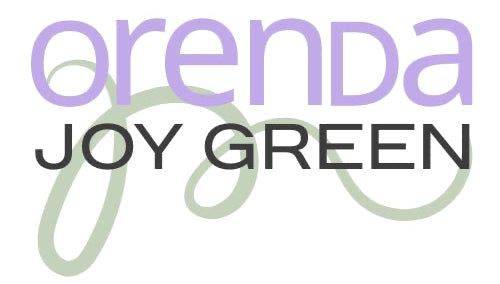Earth Conscious Art
If you're passionate about art, nature, and you care about the environment, then you are probably someone who prefers to choose artwork that is not only beautiful for your space but also kind to the planet. As someone who feels a deep connection to nature, I am committed to treading lightly and, wherever possible, choosing methods and materials with little to no environmental impact.
The information below will provide you with the specific eco-friendly qualities of materials and methods I choose when creating my prints and products.
FINE ART PRINTS
Archival Fine Art Paper is usually much thicker than standard paper and made from cotton rag which results in a museum quality archival product. Prints sold are produced on 310gsm textured cotton paper.
100% Cotton Paper is considered the most environmentally friendly based on the fact that cotton linters (the short fuzz left on cottonseed after the cotton ginning process) used to create the paper are a by-product of the textile industry. If cotton paper were not made, the linters would be a wasted by-product. Therefore, the production of cotton paper is environmentally friendly because it produces no additional environmental impact and does not contain resin.
Note: Ordinary standard paper is made using crushed wood pulp. This results in a product that is not archival due to the impurities in the pulp. It is essential to know this when you’re investing in fine art prints.
Pigment Inks - chemical free, water-based pigments are used for printing that not only look better but last longer.
Fine Art Prints are created using an advanced technique known as giclée (pronounced ‘zhee-clay’) printing for high-grade quality that results in sharp, vibrant, high-resolution images. The pigment inks used for printing are resistant to fading and can last for up to 100 years. Hence, museum-quality prints don’t just look good; they have serious longevity too.
TREADING LIGHTLY
I choose to frame and protect my work using only the highest quality materials whilst doing my utmost to only source environmentally friendly materials. However, although the frames themselves are made from sustainably sourced wood, the museum-grade, non-reflective, UV-protected glass I choose does have a thin synthetic film applied to achieve the protection and results desired. Clear glass alone does not offer any protection to prevent art from fading over time.
In a world full of plastic, making sound purchasing decisions and taking steps to reduce the way we use plastic is the best we can do until we have alternative options or we can find a way of dissolving the ever-growing adverse effect plastic waste is having on the environment, including human health.
Museum glass protects your framed item from fading and provides an outstanding 99% protection from harmful UV light. The added benefit of museum glass is that it provides reflection free viewing with amazing clarity and anti-static properties (so small dust particles don't stick to the glass creating a minor annoyance when perfection is required). It provides enhanced colour perception, brightness and contrast levels and is sometimes referred to as "invisible glass".

